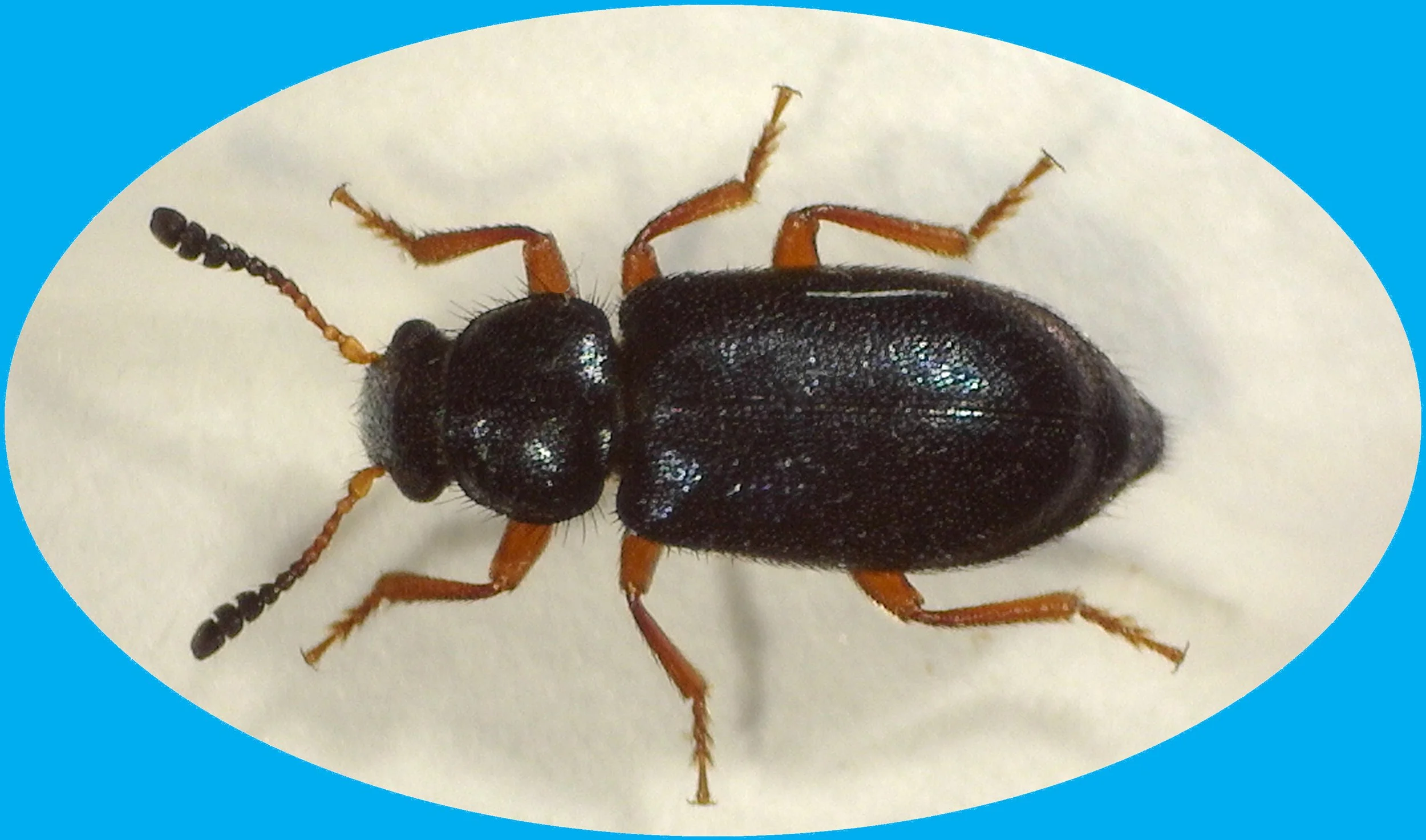Insects Limited, Inc. Promotes a Thriving Ecosystem with Native Plants
Written by Ethan Estabrook, BCE, Research Entomologist and Product Support, Insects Limited, Inc.
At Insects Limited, Inc., our mission centers on advancing the scientific understanding of insects and protecting stored foods.
In line with this commitment, we are pleased to announce a new initiative at our recently established headquarters: the cultivation of native flora to support insect populations.
The ecological services provided by insects—such as dung burial, pest control, pollination, and wildlife nutrition—are valued at an estimated $57 billion annually in the United States alone.
Figure 1. Example of some of the native insects we expect to support with a native plant prairie. Photo credit Forister et al 2019.
Furthermore, many species of bats, birds, and freshwater fish rely heavily on insects, and humans depend on insect pollination for nutritious fruits and vegetables. Insects also play crucial roles in nutrient cycling and in regulating plant competition (Forister et al., 2019).
The intricate relationship between native plants and insects aligns with Insects Limited’s mission and underscores the harmony that can be achieved when ecosystems are allowed to function naturally. By promoting habitats for bees, we indirectly support global food production, emphasizing the significance of even small contributions to the ecosystem.
Our Visionary Plan
2023: Ground Preparation & Seeding
Ground Preparation: We began by clearing the ground of competing saplings and grasses to provide optimal conditions for the native seeds.
Seeding: Native seeds were sown in December, ensuring they benefit from the best conditions for germination and growth.
2024: Maintenance, Expansion, and Infrastructure
Maintenance: We will focus on nurturing native plants and identifying and removing invasive or undesirable species.
Weed Control: Strategic mowing will be used to prevent weeds from seeding and to allow sunlight to reach the ground, fostering the growth of native plants.
Native Plant Plugs: We have installed 200 native plant plugs, provided by the Hamilton County Soil and Water Conservation, to accelerate growth.
Figure 2. Insects Limited's native plant area. Many new plants are beginning to emerge! Photo credit Ethan Estabrook.
What to Expect
The selected flora predominantly consists of native prairie plants, chosen for their ecological benefits and crucial role in supporting various native insect species. Our prairie will feature a variety of grasses, wildflowers, and shrubs, such as coneflowers (Echinacea spp.), milkweeds (Asclepias spp.), black-eyed Susans (Rudbeckia spp.), and little bluestem (Schizachyrium scoparium). These plants provide nectar and pollen for pollinators and serve as host plants for butterfly larvae.
Our prairie will create a rich habitat for pollinators like bees and butterflies, ensuring a continuous supply of nectar and pollen throughout the growing season. The inclusion of milkweeds is vital for the Monarch butterfly, helping to support its declining population and contribute to its conservation. In addition to supporting insects, our prairie will provide habitat and food for a variety of wildlife, including birds, small mammals, and amphibians. The dense vegetation offers shelter and nesting sites, enhancing the area's biodiversity.
Figure 3. Example of what the native plant prairie will look like over time. Photo credit from City of Bloomington MN.
The prairie will create a beautiful and serene landscape, enhancing the aesthetic appeal of our facility. Visitors and employees will be able to enjoy the natural beauty, fostering a deeper connection with nature. We envision the prairie becoming a space for relaxation and recreation, with walking paths and observation points.
This native plant prairie is a long-term commitment to sustainability and ecological stewardship. Over the coming years, we expect to see increased biodiversity, creating a resilient ecosystem capable of adapting to environmental changes. We aim to foster community involvement and stewardship through planting and maintenance activities and educational programs.
Figure 4. Examples of some of the native plant prairie flowers. Photo credit from Vermont Wildflower Farm.
Our prairie will continue to serve as a platform for research and innovation, promoting biodiversity and sustainability. By establishing this native plant prairie, Insects Limited, Inc. is taking a proactive step towards environmental conservation. We are excited to witness the positive impact this initiative will have on our local ecosystem and beyond, and we look forward to sharing our progress and successes with our community.
References
Forister, M. L., Pelton, E. M., & Black, S. H. (2019). Declines in insect abundance and diversity: We know enough to act now. Conservation Science and Practice, 1(8), e80.
Native perennial pollinator wildflower seed mix. Vermont Wildflower Farm. (n.d.). https://www.vermontwildflowerfarm.com/products/native-perennial-pollinator-mix
Natural area restoration. City of Bloomington MN. (2024, June 3). https://www.bloomingtonmn.gov/mnt/natural-arearestoration
Related Insect and Pheromone Posts
Read more about insects and pheromones in these related posts:
Product of the Month - PTL Multi-Species Kit (IL-408-10)
Insect of the Month: Almond Moth (Ephestia cautella)
New Dirty Dozen Poster Now Available - Enhance Your Pest Management Efforts Today
Insects Limited, an Insect Pheromone Company
Insects Limited, Inc. researches, tests, develops, manufactures and distributes pheromones and trapping systems for insects in a global marketplace. The highly qualified staff also can assist with consultation, areas of expert witness, training presentations and grant writing.
Insects Limited, Inc. specializes in a unique niche of pest control that provides mainstream products and services to protect stored food, grain, museum collections, tobacco, timber and fiber worldwide. Please take some time to view these products and services in our web store.







